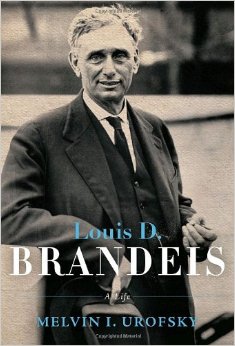‘Colonel Roosevelt,’ the third volume of Edmund Morris’ trilogy about Teddy Roosevelt, is as good as the Pulitzer Prize-winning first volume. It picks up after Roosevelt leaves his second term as president.
Colonel Roosevelt’
by Edmund Morris
Random House, 570 pp., $35
Theodore Roosevelt assumed the presidency after his predecessor was cut down by an assassin’s bullet on Sept. 21, 1901. Over the next eight years, he towered over the political landscape, built an American empire, and through sheer force of personality bent the political world to his will. He was enormously popular, re-elected in a landslide in 1904, but refused to run for a third term.
Roosevelt left office at 50, turning over the reins of power to his chosen successor, William Howard Taft, and left the United States for an extended African safari, flashing his famous white-toothed smile as he departed.
The third of Edmund Morris’ three-volume biography of Roosevelt’s life, “Colonel Roosevelt” picks up where the second volume, “Theodore Rex,” left off. Morris won the Pulitzer Prize for the first volume and critical acclaim for the second. Sequels are rarely the equal of their predecessors, but this hefty 570-page volume is the exception to prove the rule: It is a superbly written tribute, part of a trilogy that will stand as the definitive Roosevelt biography.
Roosevelt plunged into the African wilderness with a charter to collect specimens of African game. Treated like royalty, he preferred life in the wilderness, stalking lions, elephants, giraffes and hundreds of other examples of African wildlife. He was a hunter, to be sure, but a trained naturalist as well, preaching conservation in the same breath as boasting of his latest kill.
Upon his return, Roosevelt did his best to contain his dismay at the failure of President Taft to continue his progressive policies. The corpulent Taft watched, equally dismayed, when Roosevelt – silent no longer – mounted a primary challenge to his renomination. With competing slates of delegates, the 1912 Republican National Convention became a dramatic showdown, with Taft outmaneuvering Roosevelt to win the nomination. Roosevelt promptly bolted, established the Progressive Party, and ran an aggressive presidential campaign.
On Oct. 14, 1912, John Scrank, a deranged young man, shot Roosevelt in the chest in Milwaukee, Wis. The bullet was slowed as it pierced Roosevelt’s overcoat, suit jacket, a steel-reinforced glasses case and the thick text of his speech, before entering his chest and coming to rest beside his ribs. With blood spreading across his white shirt, he insisted he was strong as a “Bull Moose” and delivered his 90-minute speech before allowing himself to be taken to a hospital. Although he recovered, the election was a rout and Democrat Woodrow Wilson was swept into office.
Roosevelt watched with increasing alarm as the world inched closer to war. When World War I exploded, he urgently called for American intervention. He watched, astonished, as German U-boats sank American ships loaded with men, women and children, even as Wilson coolly refused to take action, instead maintaining studied neutrality. To Roosevelt, who embraced action, not words, this was little more than “mollycoddling,” “pussy footing,” if not outright cowardice.
When it could no longer be avoided, Wilson obtained a declaration of war, which prompted urgent demands from Roosevelt that he be allowed to raise and lead a volunteer regiment to fight. His offer was politely declined, but Roosevelt’s four sons went through military training. One of them was killed in France, and two of them wounded.
Roosevelt’s boyish energy ebbed as the years slipped past and the world became increasingly unfamiliar. As he put it in a letter, “when it is evident that a leader’s day is past, the one service he can render is to step aside and leave the ground for the development of a successor.” He died on Jan. 6, 1919, at 60, one of the most interesting, colorful and dazzling presidents in American history.









